Figures & data
Figure 1. The on-hand inventory/backlog level at time t in the proposed system with a breakdown happening in t4′.
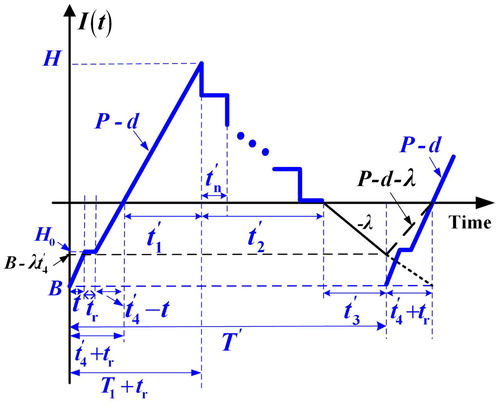
Figure 2. The on-hand scrap level at time t in the proposed system with a breakdown happening in t4′.
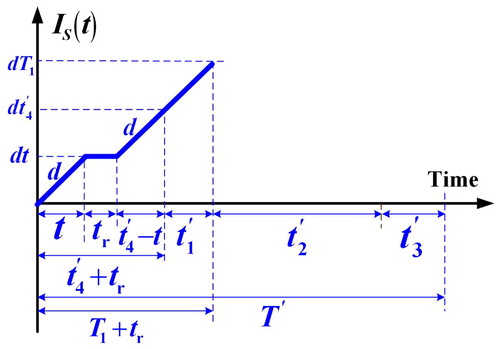
Figure 3. The on-hand finished product level in distribution time t2′ in the proposed system with a breakdown happening in t4′.
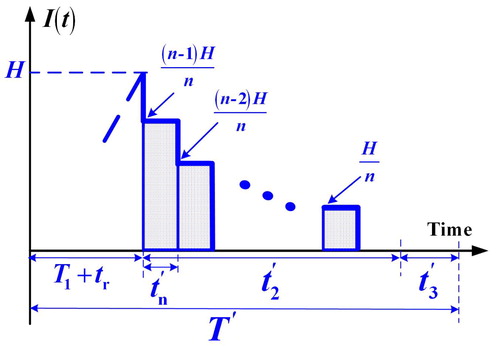
Figure 4. The on-hand inventory/backlog level at time t in the proposed system with a breakdown happening in the period of [t4′, T1].
![Figure 4. The on-hand inventory/backlog level at time t in the proposed system with a breakdown happening in the period of [t4′, T1].](/cms/asset/808f16cc-2314-4dc2-b407-adde3754724d/tabs_a_1553547_f0004_c.jpg)
Figure 5. The on-hand scrap level at time t in the proposed system with a breakdown happening in the period of [t4′, T1].
![Figure 5. The on-hand scrap level at time t in the proposed system with a breakdown happening in the period of [t4′, T1].](/cms/asset/3fca857f-e4e6-41f6-9047-34ce8251f5bc/tabs_a_1553547_f0005_c.jpg)
Figure 6. The on-hand inventory/backlog level at time t in the proposed system with no breakdown happening in uptime.
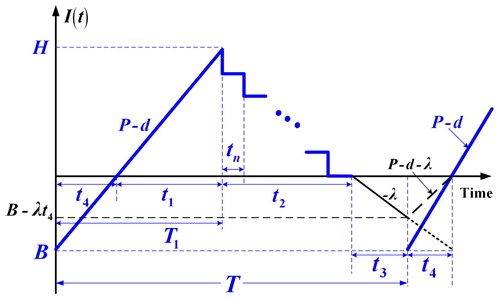
Table 1. Step-by-step computation results for finding T1* (based on β = 0.5).
Table 2. Effects of various service-level percentages on diverse system parameters/costs.
Figure A-1. The on-hand scrap level at time t in the proposed system with no breakdown happening in uptime.

Figure A-2. The on-hand finished product level in distribution time t2′ in the proposed system with no breakdown happening in uptime.
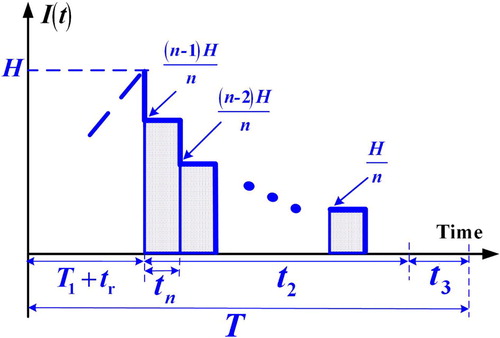
Table B-1. Results of convexity test for E[TCU(T1)] by using extra values of β.

![Figure 7. The contributed percentages of each relevant cost components in E[TCU(T1*)].](/cms/asset/9fbf1b7f-3734-4ee4-bc2f-c50356579974/tabs_a_1553547_f0007_c.jpg)
![Figure 8. Impact of random scrap rate x on E[TCU(T1*)].](/cms/asset/968969eb-9cbe-4f04-9b64-a4b1eb7c08f8/tabs_a_1553547_f0008_c.jpg)
![Figure 9. Effect of variations in mean-time-to-failure (MTTF) 1/β on E[TCU(T1*)].](/cms/asset/781a3d26-4ad1-4322-960c-bf1504d1359e/tabs_a_1553547_f0009_c.jpg)
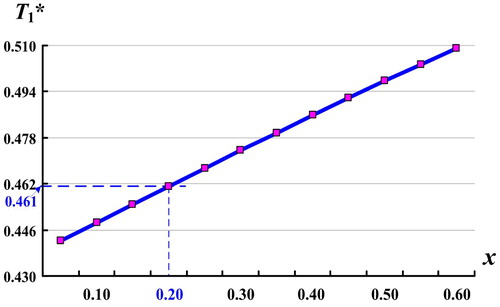
![Figure 11. Effect of variations in T on E[TCU(T1)].](/cms/asset/795f4f4a-a748-4a16-a755-860518d071ce/tabs_a_1553547_f0011_c.jpg)
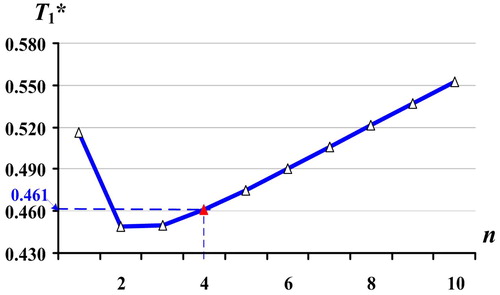
![Figure 14. Effect of variations in service level constraint (1 – α) on E[TCU(T1)].](/cms/asset/089225a8-63bf-4bf5-a29c-ddc4b3f59726/tabs_a_1553547_f0014_c.jpg)
![Figure 15. Joint impacts of service-level constraint (1 – α) and 1/β on E[TCU(T1*)].](/cms/asset/0456a5c2-8d6e-416d-ba51-553a51ccad97/tabs_a_1553547_f0015_c.jpg)
![Figure 12. Impact of number of deliveries per cycle n on E[TCU(T1*)].](/cms/asset/bef8f46e-83a7-4d03-92d0-242e6ed47611/tabs_a_1553547_f0012_c.jpg)